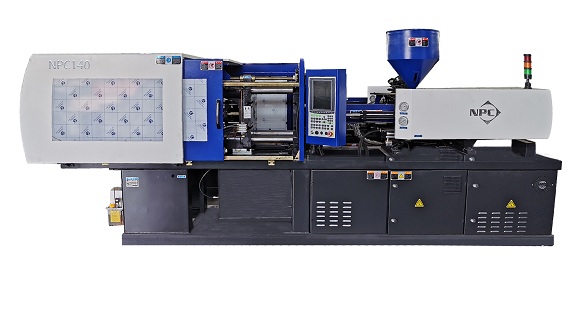

In the realm of industrial production, injection molding has become one of the most popular production methods.
The procedure, which involves injecting a substance (usually plastic) into a mold, is employed in a variety of applications ranging from engineering to jewelry production.
In principle, injection molding is a straightforward technique that may produce simple or sophisticated pieces.
Even though each machine is unique, the overall procedure is the same. Inadequacies can, however, occur as a consequence of operator mistakes.

The most widely accepted plastic material used by plastic component producers for injection molding is thermoplastics.
Thermoplastic materials are polymers that melt at extreme temps and harden at reduced temperatures. You can heat and cool thermoplastics several times before it becomes unusable, unlike thermoset plastic resin, which ignites when reheated.
The following are the most prevalent thermoplastics:
Polycarbonates are plastic materials that have high resistance to impact and shocks due to their ability to withstand plastic deformation without breaking.
This material is used in eyewear lenses, screens for mobile phones, and bulletproof glass
This material is used for plastic injection because of its strength and lightness.
This plastic material has exceptional electrical properties and a durable structural composition which is why it is used to manufacture sporting equipment.
This material is used in injection molding processes because it has good elastic properties, and it does not react readily with chemicals. Polypropylene is used in food packing industries.
This a multipurpose plastic to use in injector molding because it is ductile, recyclable, resistant to impact, and strong which makes it the perfect material for making plastic containers.
We are an injection molding machine manufacturer with cutting-edge technology. In the machine manufacturing industry, we have extensive expertise and professional knowledge. Our primary goal is to provide machines that add value for our clients.
Kindly contact us to learn more about our equipment. Additionally, you may submit a price estimate for your plastic injection molding machine online.
By continuing to use the site you agree to our privacy policy Terms and Conditions.